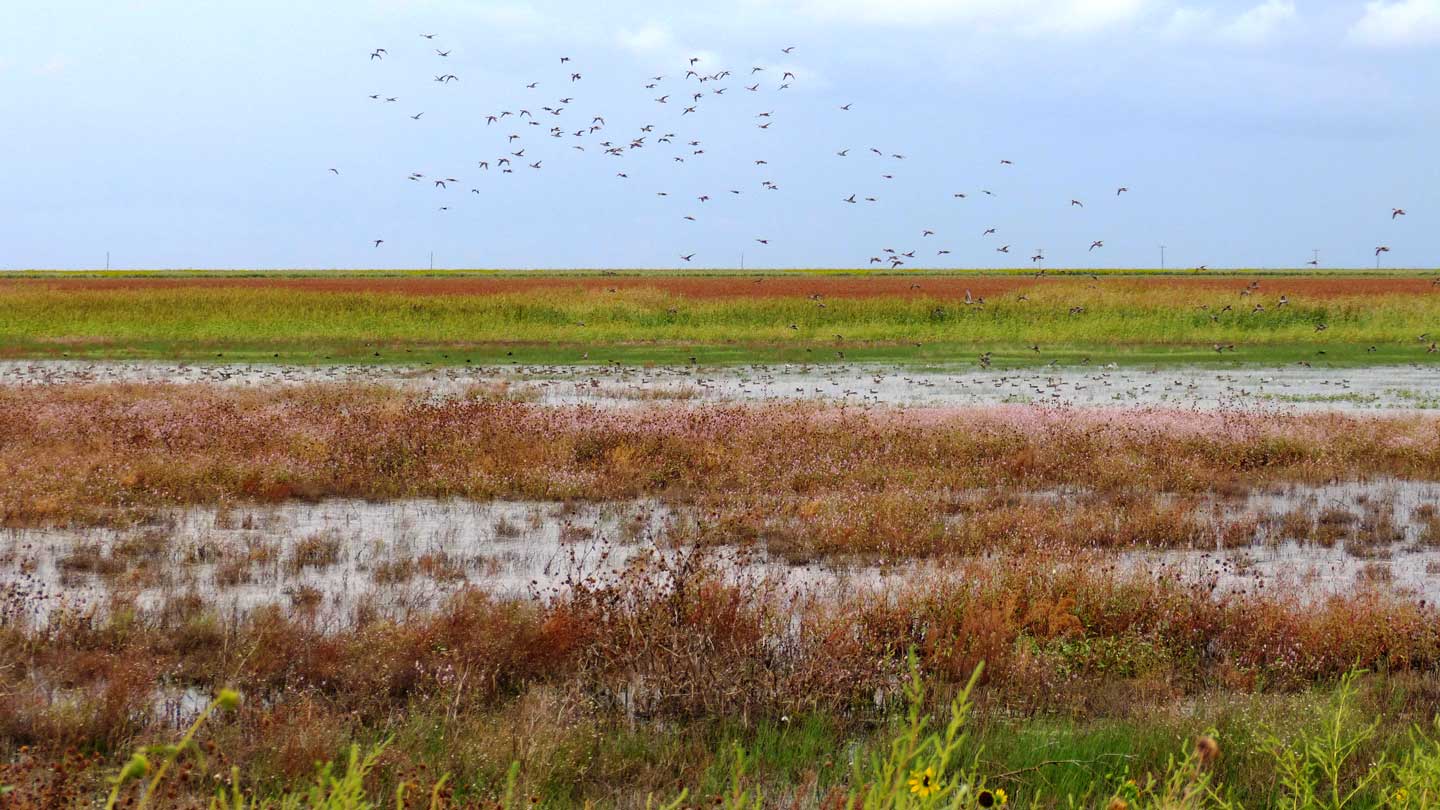
Ørsted Partners with Playa Lakes Joint Venture to Restore and Preserve West Texas Wetlands


About Ørsted
A global clean energy leader, Ørsted develops, constructs, and operates offshore and land-based wind farms, solar farms, energy storage facilities, and bioenergy plants. Ørsted is the only energy company in the world with a science-based net-zero emissions target as validated by the Science Based Targets initiative.
In the United States, the company has approximately 650 employees and a growing portfolio of clean energy assets and partnerships that includes offshore wind energy, land-based wind energy, solar, storage technologies and e-fuels. A leader across the renewable energy sector in the United States, Ørsted holds the top position in offshore wind energy with approximately 5 gigawatts in development and operates America’s first offshore wind farm, located off the coast of Block Island. Ørsted has a total U.S. land-based capacity of 5 gigawatts across wind, solar, storage technologies and e-fuels. To learn more about the Ørsted U.S. business, visit us.orsted.com or follow the company on Facebook, Instagram, and Twitter (@ØrstedUS).
About Playa Lakes Joint Venture
Playa Lakes Joint Venture is a regional partnership of federal and state wildlife agencies, conservation groups and private industry dedicated to conserving bird habitat throughout the western Great Plains — including portions of Colorado, Kansas, Nebraska, New Mexico, Oklahoma and Texas. PLJV facilitates communication and coordination among partners, provides science-based information and tools, and removes roadblocks to conservation.
As a migratory bird joint venture, the partnership works to ensure that all birds have a home. That means maintaining a balance of habitat types to support landbirds, waterbirds and waterfowl, and shorebirds. Like people, birds have different requirements for where they live. From grasslands and shrublands to various types of wetlands, each habitat plays an important role in providing a home for the many species of birds — and people — that depend on this landscape.
Learn more about PLJV at pljv.org.